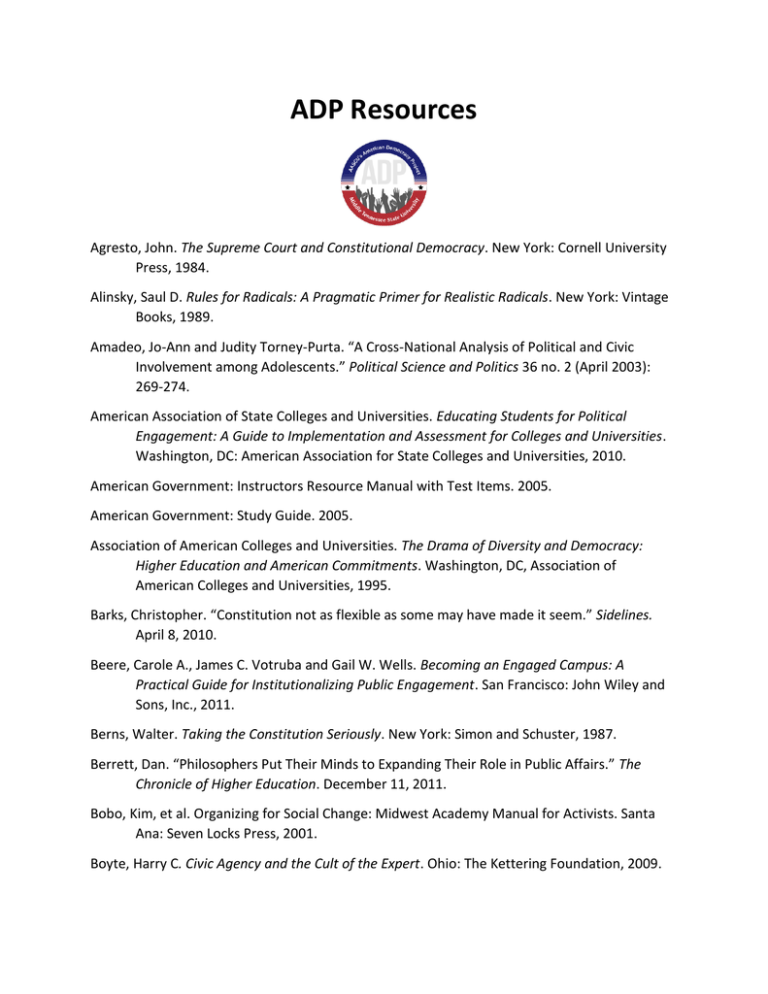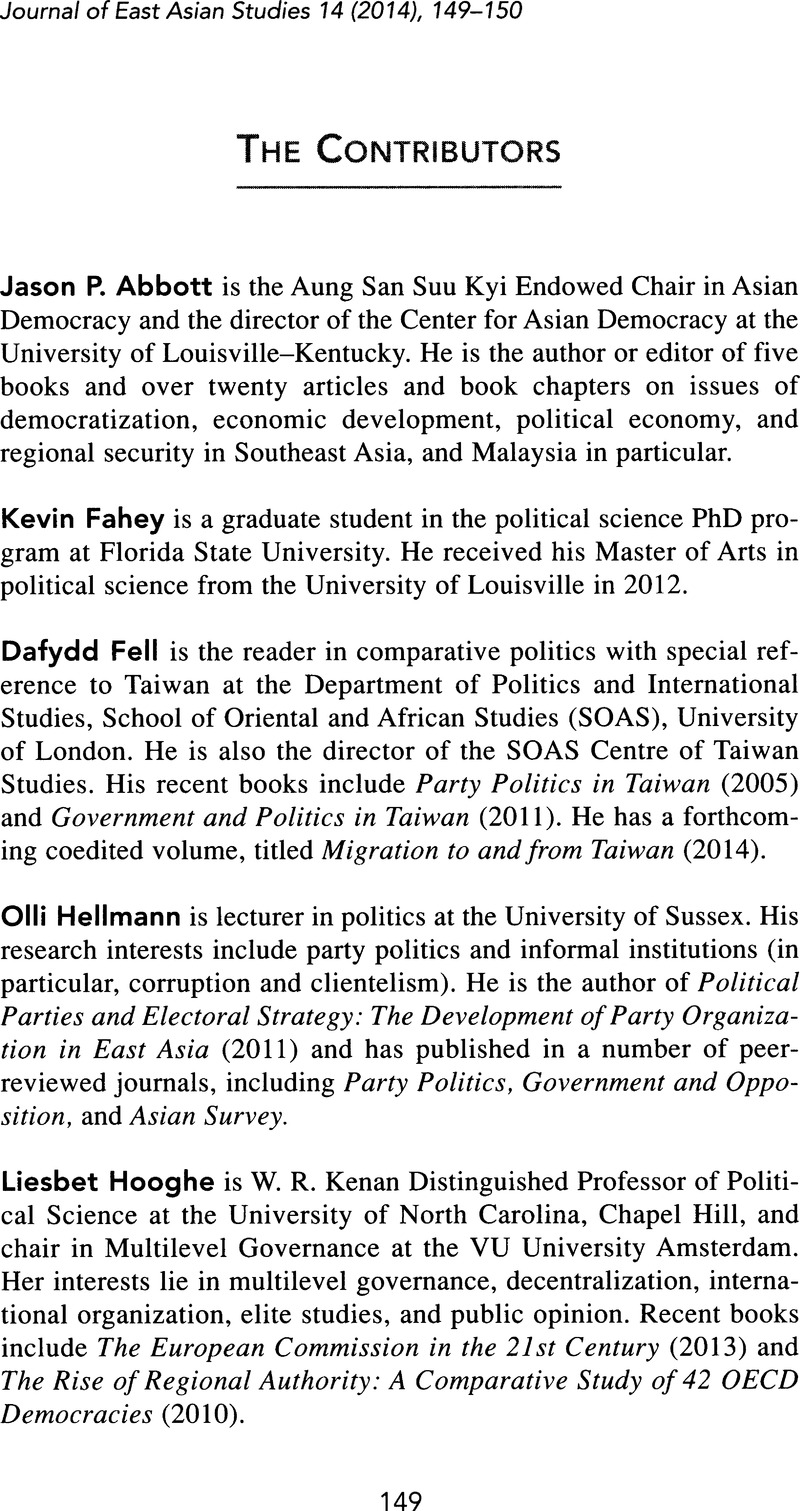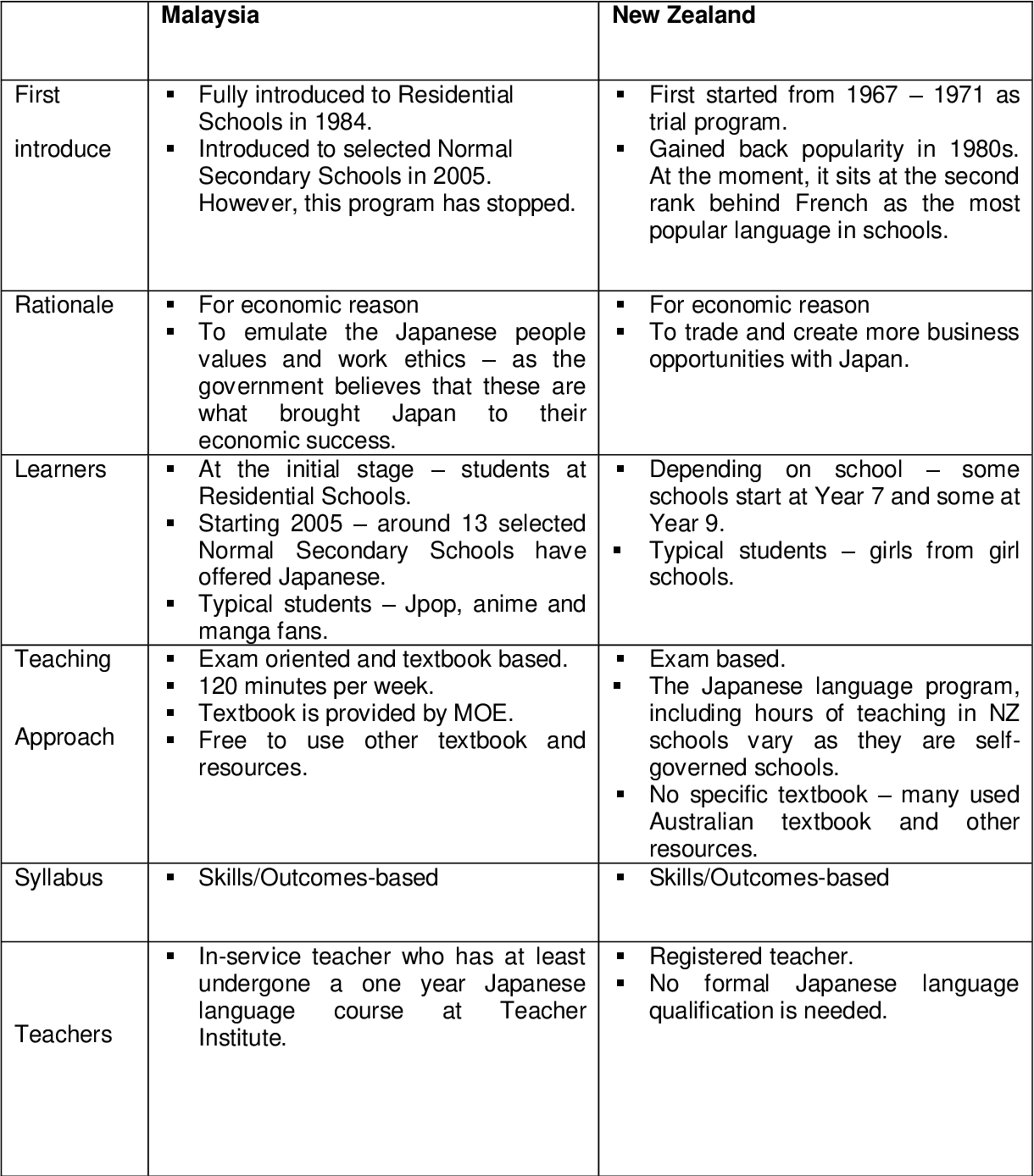
Nurturing an identity informed by caring concerns.Making examinations flexible and integrating them with classroom life.Enriching the curriculum for the overall development of children so that it goes beyond textbooks.Shift from the rote method of learning.Connecting knowledge to life outside school.This exercise was based on 5 guiding principles:

National Curriculum Framework: The council came up with a new National Curriculum Framework in 2005, drafted by a National Steering Committee. Thus a multicultural thematic approach was recommended, environmental education was pronounced upon and language and mathematics got desegregated in the first two years of education.

It stressed the need for a healthful, agreeable, and stress-free adolescence and reduction of the curricular contents. Main article: National Curriculum Framework (NCF 2005) Currently, the NTSE exam is conducted only for 10th class students in India in two phases with subjects relating to Mental Ability Test and Scholastic Aptitude Test (SAT) for 100 marks each. The program was renamed to National Talent Search Scheme with the NTSE examination now being conducted for classes X, XI, and XII. The National Science Talent Search Scheme (NTSS) underwent a major change in the year 1976 with the introduction of the 10+2+3 pattern of education. The program was aimed at identifying, nurturing the talented students in India, and rewarding them with scholarships. The NCERT is also behind the formation of the National Science Talent Search Scheme (NTSS) in the year 1963. The policy endorsed the adoption of a uniform pattern of school education across the country consisting of 10 years of general education program followed by 2 years of diversified schooling. Based on the recommendations of the Education Commission(1964-66), the first national policy statement on education was issued in 1968. The NCERT was established with the agenda to design and support a common system of education which is national in character and also enables and encourages the diverse culture across the country. It is separate from the National Council for Teacher Education. The Council was formed by merging seven existing national government institutions, namely the Central Institute of Education, the Central Bureau of Textbook Research, the Central Bureau of Educational and Vocational Guidance, the Directorate of Extension Programmes for Secondary Education, the National Institute of Basic Education, the National Fundamental Education Centre, and the National Institute of Audio-Visual Education. The Government of India's Ministry of Education resolved on 27th July 1961 to establish the National Council of Educational Research and Training, which formally began operation on 1st September 1961.


The key from a WA/resources point of view is the commitment in the Albanese policy to “protect the competitiveness of emissions intensive trade exposed industries” – a high level commitment that still requires an awful lot of potentially devilish detail to be filled in.Ĭan you really cut emissions by that much if you exempt the biggest polluters? In fact, WA’s policy makes plain that domestic emissions will continue to rise over the medium term, and that the “aspiration” of net zero by 2050 will be “a considerable challenge given our energy-intensive industries and projected growth in the resources sector”.Īlbanese’s plan, which has been generally welcomed by industry, sets a more ambitious 43 per cent reduction target by 2030 which is jarringly at odds with the West Australian trajectory.


 0 kommentar(er)
0 kommentar(er)
